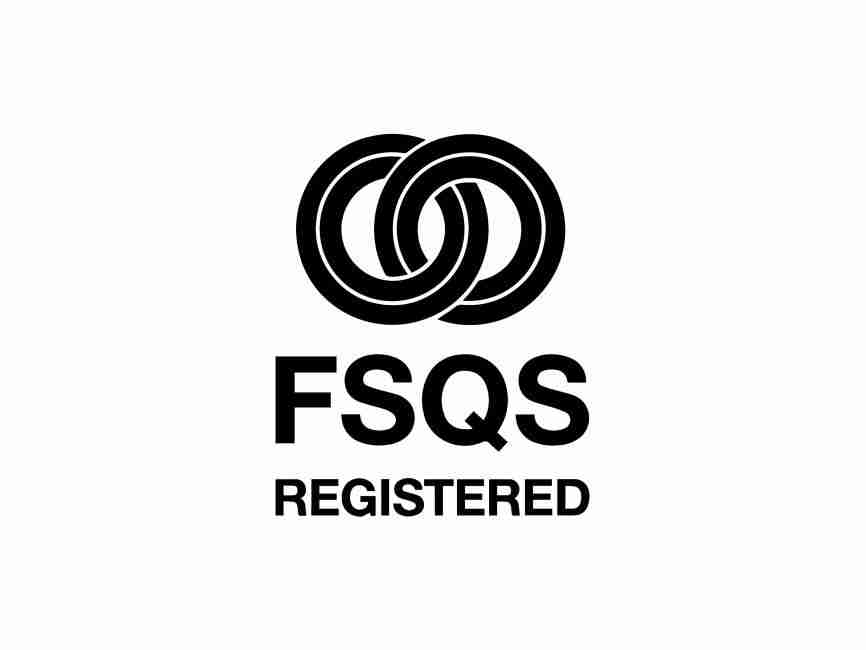At Firstcom we do our best to not use technical jargon as we know this can be frustrating. But there are some terms that you will inevitably come across, so we thought we would put together a guide that explains them in simple terms.
Antivirus. Antivirus software is also known as anti-malware. It is a program designed to prevent computers from viruses and cyber-attacks.
Backup. A back up is a virtual or physical copy of all your files and data. It is vital part of a data loss prevention plan as it enables you to recover data if it is lost or deleted.
Bring your Own Device (BYOD).This refers to a company policy that allows employees to securely use their own hardware to carry out their work.
Cybersecurity. This is the activities and processes that protect sensitive information and critical business systems from online threats and attacks.
Cloud computing. The on-demand delivery of IT resources and computing services through the Internet is called cloud computing. This removes the need to buy and manage servers and other equipment.
Distributed Denial of Service (DDoS).A DDoS attack is where malicious hackers flood a server with internet traffic to prevent normal web traffic from accessing the site.
Disaster Recovery. Your disaster recovery plan (DRP) is the specific steps you will take to keep your business up and running in the event of a disaster such as a server failure, fire, or flood.
Encryption.This is the process of protecting information or data by scrambling it. It is the simplest and most secure way to ensure a computer system’s information cannot be stolen and used for malicious purposes.
Firewall. A firewall is a network security device that monitors traffic to and from your network. It permits or blocks traffic based on a set of security rules.
IP address: This is unique string of characters that identifies a device on the Internet.
Local Area Network (LAN). A Local Area Network describes a series of computers linked together to form a network in a contained location such as an office building.
Malware. Any software that is intended to threaten, damage or compromise a computer system is referred to as malware.
Managed Service Provider (MSP). An MSP is a company that delivers IT support and manages a client’s technology solutions for a monthly or an annual fee.
Multi Factor Authentication (MFA). This is a security measure that requires two or more independent credentials to verify your login. This means that when you log into an account, you need more than just your username and password. You need an additional security factor, such as a code that is sent to a smartphone, to prove who you are.
Phishing. Phishing attacks use email, phone or text to get someone to provide the with sensitive information like passwords or credit card details,
Ransomware. This is a form of malicious software that locks you out of files on your computer. It works by encrypting files so that attackers can demand a fee for giving you back your access.
Software as a Service (SaaS). The method of delivering applications or software via the Internet is referred to as Software as a Service. With SaaS you pay monthly, and you always have the most up-to-date version of the software.
Spyware. Spyware is a form of malware that is installed on your computer or IT system without your knowledge or permission. It spies on user activity, collecting keystrokes and harvesting data.
Wide Area Network (WAN). This is the technology that connects groups of computers over long distances. In its simplest form, a WAN is a collection of local area networks that communicate with each other.
We hope this glossary helps as a quick-reference guide to common IT terms. Whether you need help with IT support, preventing system breaches or managing IT applications, Firstcom can help. We are all about speaking in everyday language and it is or goal to simplify your life. So, get in touch!
0333 0237000









